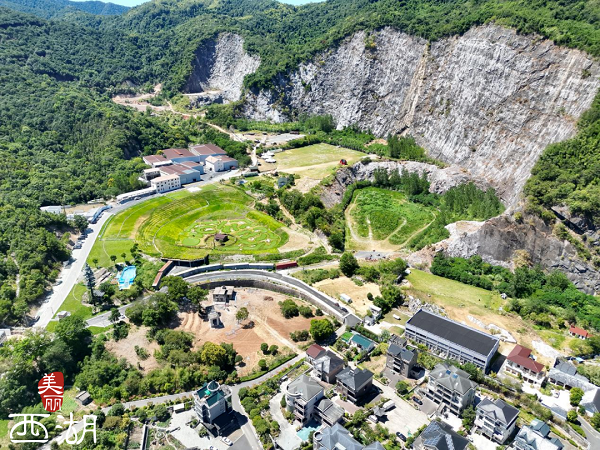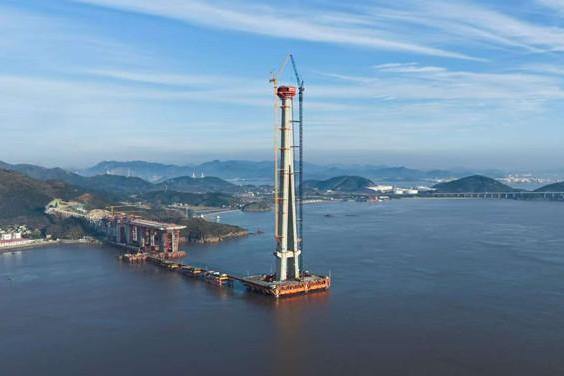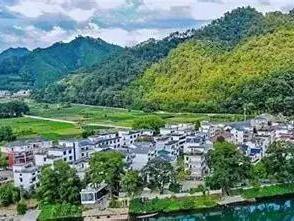
Flowing for over 2,000 years, the Grand Canal has been nourishing the eight provinces and municipalities, as well as the 35 cities it passes through. In June 2014, as the longest, oldest and largest man-made artificial river in the world, it was listed as a UNESCO World Cultural Heritage site. From riverside homes to digital towns, from ancient docks to cultural and creative communities, what has not changed over time is the people on both banks of the river.
Along the Beijing section of the Grand Canal, which spans seven districts for thousands of years, visitors will be able to see ancient bridges striding the canal, ancient temples and pagodas on the banks of the canal, ancient hutongs (small alleys) related to the canal, and listen to the traditional chanting of boatmen on the west bank of the Tongzhou canal...
Not long ago, the Tongzhou section of the Bei (North) Canal in Beijing's Tongzhou district was officially opened for tourism navigation. Starting from the Caoyun Dock, travelers can not only enjoy the beautiful scenery, but also feel the charm of the Grand Canal culture.
Indeed, as a bridge of cultural communication between the five major water systems of the Haihe River, the Yellow River, the Huaihe River, the Yangtze River and the Qiantang River, where cultures from all around the nation converge, it is the Grand Canal that has helped created the unique Beijing culture, and that has helped the Beijing culture flow to all directions.
For example, Master Tang Zibo, founding father of Flour Figure Tang, a dough figurine brand created during the Qing dynasty, is said to have learned the craft from a Shandong craftsman who journeyed to Tongzhou via the Grand Canal seeking livelihood opportunities. The Peking Opera, that quintessence of Chinese culture, could also trace its origins to the various performing troupes traveling along the Grand Canal.
At its southern end, the Grand Canal is running through the city of Hangzhou like an artery, providing inexhaustible sources of vitality, strength and prosperity.
On the southern side of the Canal Culture Square in the city’s Gongshu district, at the east of Gongchen Bridge, which marks the southern end of the Grand Canal, lies the Grand Jing-Hang Canal Museum. On the one hand, it is a museum that shows the natural characteristics and cultural essence of the Grand Canal in various perspectives; on the other hand, it is also a collection center of cultural relics and documents on the Grand Canal, as well as a research and exhibition center showcasing the canal’s culture. Like a "time and space machine", the museum enables every visitor to travel back in time to different periods and learn the history of the canal.
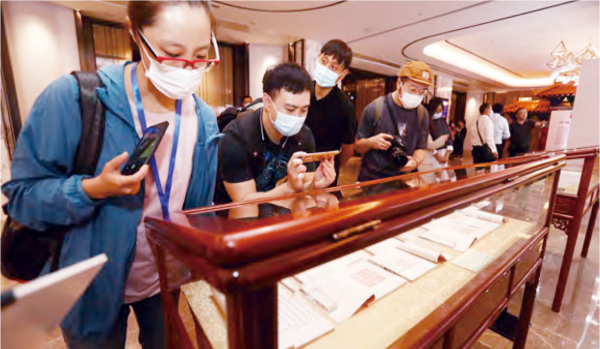
Entering the museum, the first thing visitors see is an ancient and battered Caoyun (tribute grain transport) boat, placed right in the middle of the hall, the starting point of the museum. More notable is that right above the boat, the ceiling is designed to resemble a sky full of stars, and the simulated water surface laid with steel glass underneath lend visitors a feeling of flowing on the canal under the starry sky.
The Grand Jing-Hang Canal Museum is divided into four exhibition halls, including the "Digging and Transformation of the Grand Canal", the "Functions of the Grand Canal", the "Special Exhibition of the Zhejiang Section of the Grand Canal" and the "Canal Culture", presenting the history, culture, and value of the Grand Canal from all kinds of angles. Indeed, the richness of the exhibitions can’t simply be described in a few words.
After visiting the "Special Exhibition of the Zhejiang Section of the Grand Canal" and the "Canal Culture", most visitors may well conclude: the development of Hangzhou is inseparable from the Grand Canal. The Gongchen Bridge, the Xiaohe Zhijie Historical and Cultural District, the Fuyi Granary, or the Xiangji Temple…each of these distinctive Hangzhou symbols came directly from the Grand Canal.
The Gongchen Bridge, in particular, which is only a dozen meters west of the museum, is well within the walking distance. Stepping on this ancient and sturdy bridge, the knowledge of the canal gleaned from the museum is perfectly integrated into the "real thing". Built in the fourth year (1631) during the reign of Emperor Chongzhen of the Ming dynasty (1368-1644), the Gongchen Bridge, a stone arch bridge, is not only the southern terminus of the Jing-Hang Grand Canal but also was the heart of a bustling commercial center, which was densely populated and crowded with merchants. In addition, the surrounding area used to house the famous "Beiguan night market", which was equally boisterous.
"Born" in Jiangsu province, it is only natural that the Jiangsu section of the Grand Canal is one of the most diversified in terms of the number and the type of heritage sites. The area of heritage sites inscribed in the World Heritage List accounts for about half of the nation’s total, the number of heritage sites for about 40% of the nation’s total, and roughly one-third of the Grand Canal lies in Jiangsu province.
As the birthplace of the Grand Canal, Yangzhou is reputed as "the oldest son of the canal". When the China Grand Canal Museum opened in the city on June 16, 2021, tickets were immediately sold out. Located in Yangzhou Sanwan Ecological and Cultural Park, the museum is the first modern comprehensive canal theme museum in China that integrates cultural relics protection, scientific research exhibitions and social education.
More than 10,000 cultural relics about the canal from the Spring and Autumn Period to the present, such as ancient books, calligraphies and paintings, inscriptions, ceramics, metalware, and so on, are on display.
From a 25.7-meter-long, 8-meter-high cross-section map of the old Bianhe River near Kaifeng city, Henan province, to carbonized millet grains…visitors are supplied with almost all the artifacts on the Grand Canal. The museum is rightly called an "encyclopedia" of the canal, and it is the most important part of Jiangsu’s efforts to build a Grand Canal National Cultural Park.
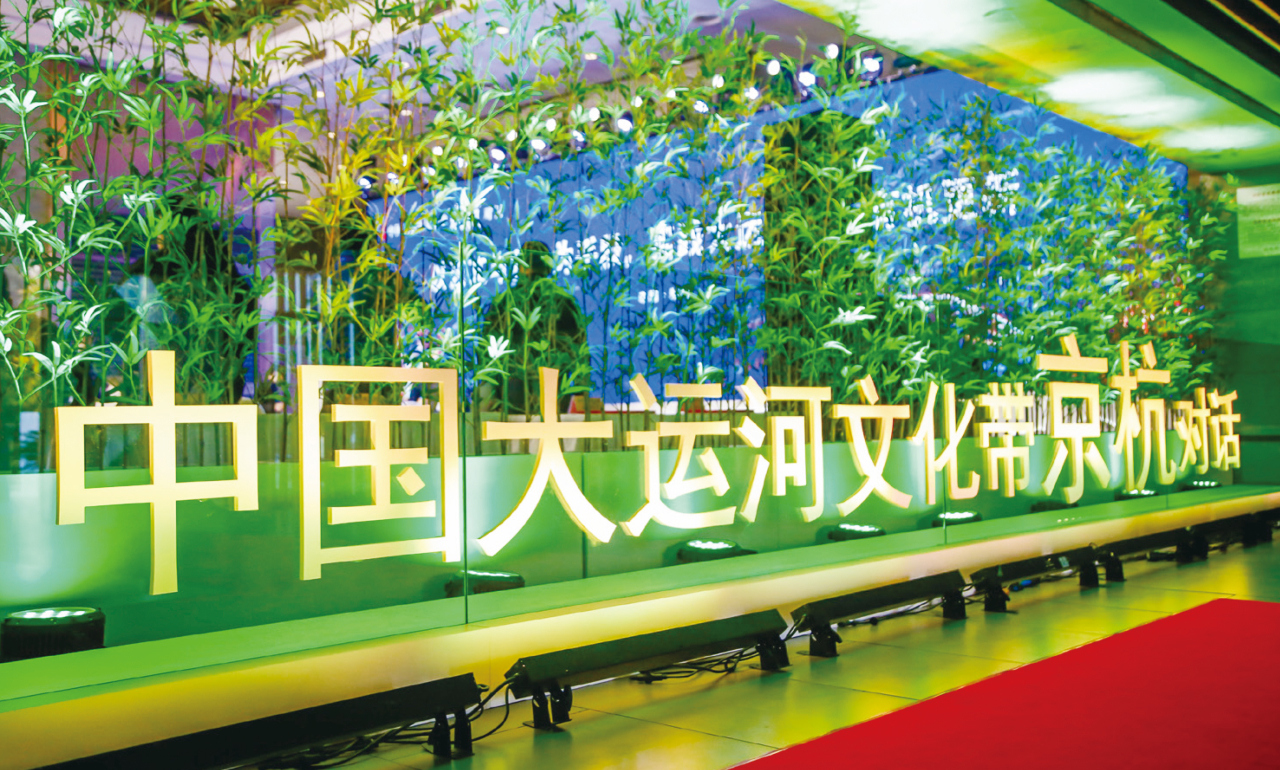
Themed "Culture and Technology for the Rejuvenation of the Grand Canal”, the 2019 Beijing-Hangzhou Dialogue on the Grand Canal focused on fully mobilizing the resources of the cities along the canal to build a community for the protection, inheritance, and utilization of the Grand Canal.
With a length of 180 kilometers, the Anhui section of the Grand Canal connects the Central Plains, the Huaiyang region, the Qilu region, the Chuhan region, among other historical and regional cultures. At present, about 133 kilometers of the Anhui section are dry while 47 kilometers are still navigable. Joining Shangqiu in Henan province in the upper reaches and Suqian in Jiangsu province in the lower reaches, the Anhui section was a major part of the Sui-Tang Grand Canal — a part of the Tongji Canal, to be more precise — that helped link the east with the west and that cut through the Yellow River and the Huaihe River.
The Shandong section of the Grand Canal is affectionately called the "Rhine of Shandong" by local people. With a total of 643 kilometers, this section passes through the cities of Dezhou, Liaocheng, Tai’an, Jining, and Zaozhuang from north to south. During the bid for the Grand Canal to become a World Heritage Site, eight canal sections running for 186 kilometers and 15 heritage sites were included. The area that these sections and heritage sites have covered is measured at 16,603 hectares, one of the most significant contributing factors to the Grand Canal’s successful addition to the World Heritage List.


